Are you looking for a unique and vibrant addition to your garden or landscape? Look no further than red fountain grass. With its striking red color and fountain-like shape, this ornamental plant is sure to catch the eye of anyone passing by.
Introduction
This grass also known as Pennisetum setaceum ‘Rubrum’, is a popular choice for gardeners and landscapers alike. Its unique appearance and ease of care make it a great option for those looking to add some color and texture to their outdoor space. In this guide, we will cover everything you need to know about growing and caring, from planting to pruning and beyond. So, whether you’re a seasoned gardener or just starting out, let’s dive in and explore.
Planting Red Fountain Grass
If you’re considering planting red fountain grass in your garden or landscape, there are a few things to keep in mind to ensure its success.
Ideal Growing Conditions
Red fountain grass thrives in warm, sunny locations with well-draining soil. It can tolerate a range of soil types, but prefers slightly acidic to neutral soils. It’s important to avoid planting in areas with standing water, as this can lead to root rot and other issues.
Planting Instructions
When planting this grass, begin by preparing the soil. Remove any weeds or debris and loosen the soil to a depth of at least 6 inches. Dig a hole that is slightly larger than the root ball of the plant. Place the plant in the hole and backfill with soil, gently pressing down to remove any air pockets. Water thoroughly to help settle the soil.
Spacing and Fertilizing
Red fountain grass should be spaced at least 18-24 inches apart to allow for proper growth and air circulation. It’s best to fertilize in the spring using a slow-release fertilizer designed for ornamental grasses. Avoid over-fertilizing, as this can lead to excessive growth and a weaker plant overall.
By following these planting tips, you can ensure that your red fountain grass gets off to a great start and continues to thrive in your garden or landscape.
Caring for Red Fountain Grass
Caring for this grass is relatively easy, but there are a few things to keep in mind to ensure its continued health and beauty.
Pruning of Red Fountain Grass
Red fountain grass should be pruned in the late winter or early spring before new growth begins. Cut back the foliage to a height of 4-6 inches above the ground. This will help promote new growth and prevent the plant from becoming too leggy.
Fertilizing
In addition to fertilizing when planting, red fountain grass should be fertilized once a year in the spring. Use a slow-release fertilizer designed for ornamental grasses, following the manufacturer’s instructions.
Watering of Red Fountain Grass
Red fountain grass is relatively drought tolerant, but it’s important to keep it well-watered during periods of extended dryness. Water deeply once a week, or more often if the soil is particularly dry.
Pests and Diseases
Although this grass is typically pest and disease resistant, it is vulnerable to rust and leaf spot. Avoid overhead watering and make sure there is adequate airflow around the plant to avoid this issue. Use a fungicide that has been approved for use on ornamental grasses to treat, if necessary.
You can ensure that your lawn thrives and continues to enhance the beauty of your garden or landscape for years to come by adhering to these basic maintenance tips.
Using Red Fountain Grass in Landscaping
Red fountain grass is a versatile plant that can be used in a variety of landscaping designs. Here are a few ideas to get you started:
Borders and Edges
When combined with other ornamental grasses or flowering plants, these grasses make excellent border or edging plants. Any landscape is given interest and dimension by their striking hues and distinctive textures.
Containers and Planters
This grass is also suitable for container gardening. Can be used in large planters or mixed with other plants for dramatic effect. Be sure to choose a container with good drainage and water regularly.
Focal Points
With its striking color and fountain-like shape, this grass makes a great focal point in any garden or landscape. Plant it in a prominent location, such as the center of a garden bed or at the end of a walkway, to draw the eye and create visual interest.
Landscaping Designs
The grass can be incorporated into a variety of landscaping designs, from modern and minimalist to wild and natural. Pair it with other grasses and plants that complement its color and texture for a cohesive look.
By using red fountain grass in your landscaping, you can add a pop of color and texture to your outdoor space and create a unique and eye-catching design.
Conclusion
Beautiful and adaptable red fountain grass can add color and texture to any garden or landscape. You can make sure that thrives and keeps enhancing the beauty of your outdoor space for years to come by adhering to the planting and maintenance advice provided in this guide.
Whether you use it as a focal point, a border or edging plant, or a container plant. Both gardeners and landscapers favor it because of its striking color and distinctive texture.
So, think about including this grass in your outdoor space if you’re looking for a plant that is low maintenance and has a significant impact. You can take advantage of this magnificent plant for many years with some preparation and maintenance.

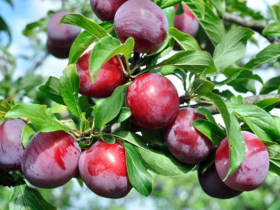


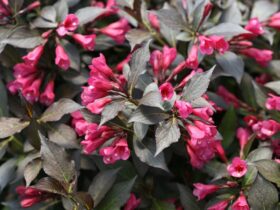
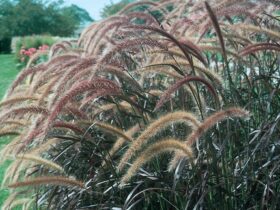
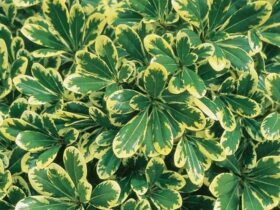

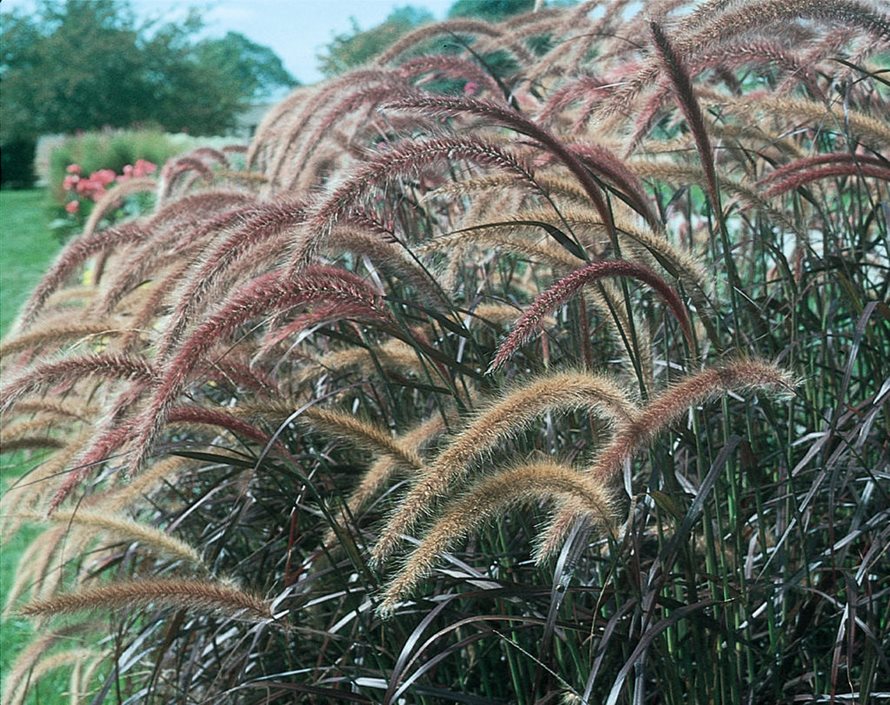



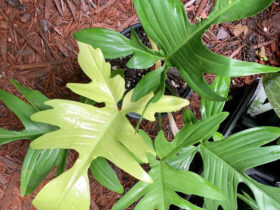
Leave a Reply